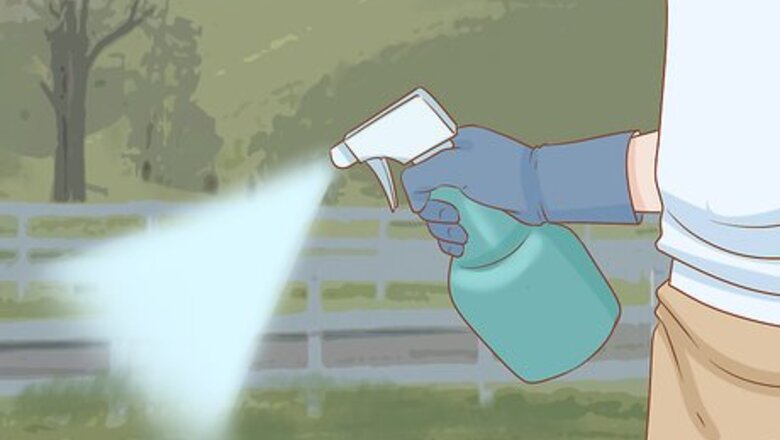
views
Making Your Yard Less Inviting
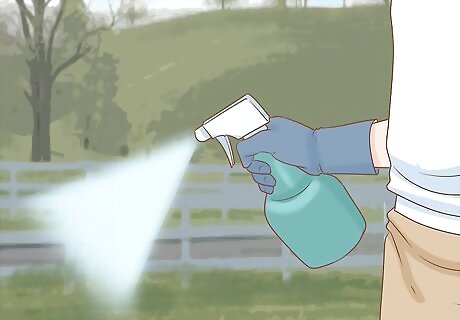
Spray the area with a squirrel repellent to repel squirrels. These are available commercially. They often use predator's urine in them. When squirrels smell the scent of the urine, they know to keep away so they don't become prey. Spritz the repellent around the border of your yard to keep squirrels out. You can find these at most garden stores, as well as online.
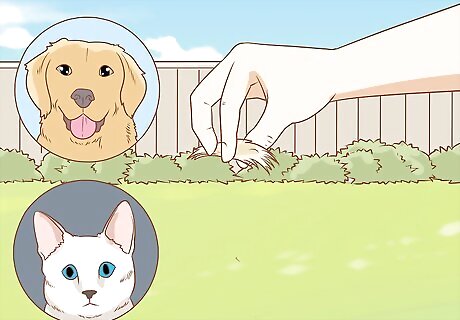
Spread human, dog, or cat hair around the garden. Squirrels don't like the smell of these types of hair because they belong to animals they consider a threat. Cover the hair with a bit of soil so it doesn't blow away completely. You'll likely need to replace this hair once a year or so.

Plant flowers squirrels don't like around the border of your garden. Try flowers like marigolds and nasturtiums, as squirrels aren't fond of the scent. You can also try mustard (the plant) to deter squirrels. Create a barrier with these flowers, and the squirrels won't want to pass through it. Mint is also an odor squirrels don't like.
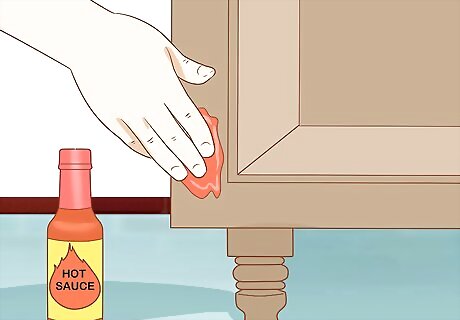
Rub hot sauce on outdoor redwood furniture to deter chewing. Redwood furniture will draw squirrels, as they like to chew on this type of wood. Use a rag to rub the hot sauce on the furniture legs. When the squirrels try to chew on it, they'll get a flavor they don't like and leave it alone.
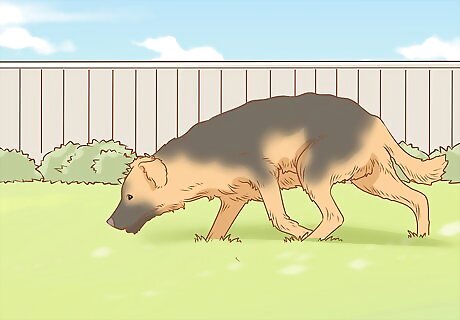
Consider getting a dog or an indoor/outdoor cat. Having a dog in the yard will help deter squirrels from visiting too often. Of course, you don't want to leave your dog out all the time, but even having one around some of the time will help. An indoor/outdoor cat will also have squirrels thinking twice about visiting your yard.
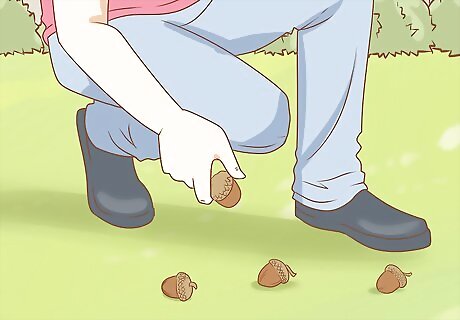
Pick up tempting food from trees to discourage foraging. If you have acorn, nut, or berry bushes, rake them up as they fall. It's a hard job to keep up with it, but you're less likely to draw squirrels if you don't have food lying around for them to eat.
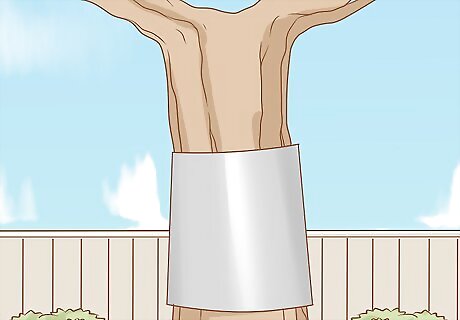
Add metal tree collars to keep the squirrels out of your trees. Cut a thin piece of sheet metal with metal snips. Make it big enough to go around the tree and 3 feet (0.91 m) wide. Wrap it around the tree 6 feet (1.8 m) off the ground. To attach the ring, use wire. Loop the wire into a metal spring on one side and twist it around itself to keep it in place on the spring. Wrap the wire around the metal collar on the tree and thread the end of the wire through the other side of the spring, pulling it taut against the collar. Twist the wire back on itself to hold it in place on the spring. You may need to attach more than one wire. The springs give the tree room to grow.
Deterring Squirrels from Your Plants
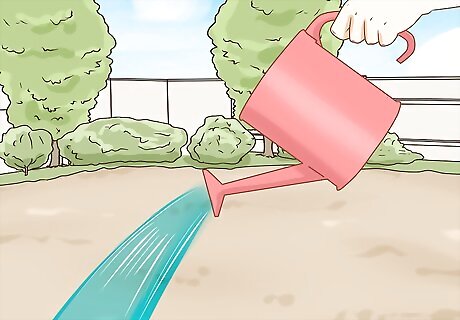
Water down the soil when you plant bulbs to discourage digging. Squirrels are attracted to freshly turned soil because they think other animals have tucked nuts in the ground there. Water the soil thoroughly so that it settles back into the ground, and the squirrels won't be as interested. You can also lay chicken wire over the soil that you weight down with rocks. You can pull it up again once you've had a few hard rains. Another option is to place black plastic netting over the bulbs in the same way to protect them.
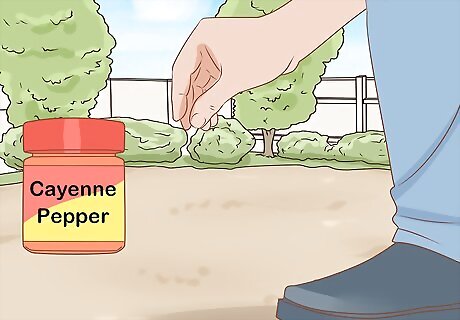
Sprinkle cayenne pepper around your garden to keep squirrels off plants. If you have specific plants you don't want the squirrels to touch, this is a good option. They don't like the taste of the hot seasoning, so they'll leave it alone. Sprinkle it on the leaves of the plant you don't want the squirrel to touch. Birds don't mind the taste, though. You'll need to sprinkle it on again after it rains.
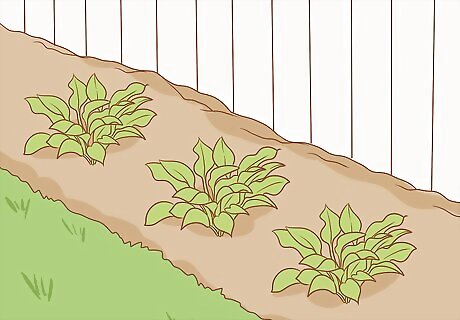
Add mulch around plants you don't want to be disturbed. Squirrels aren't fond of the way mulch feels on their feet. Therefore, if you add borders of mulch, you're more likely to keep the squirrels out of the areas of your garden you don't want them in. You can even mulch around individual bulbs you've just planted as long as you leave a small area for the bulb to grow.
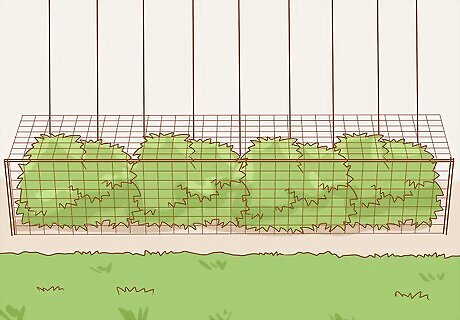
Place netting over plants you don't want to be eaten. The netting will stop the squirrels from getting to the plants. It works well for plants like tomatoes and eggplant that squirrels like to eat. It also works for berry bushes. Cover the plant with the netting and weigh it down with rocks around the edges.
Protecting Your Bird Feeder
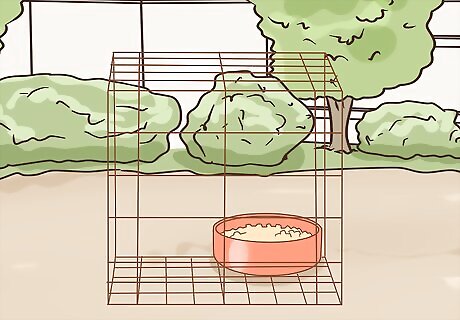
Pick a feeder that keeps the squirrels out. If you're just feeding small birds, you can choose one that has a cage around the feeder. The holes are small enough for the birds to fit through, but the squirrels can't squeeze through. Another option is to place a dome-shaped squirrel buffer on the bottom. It curves down from the feeder, making it difficult for the squirrel to climb up a pole. You can also place one on top curving over the feeder if it's hanging from a pole above.
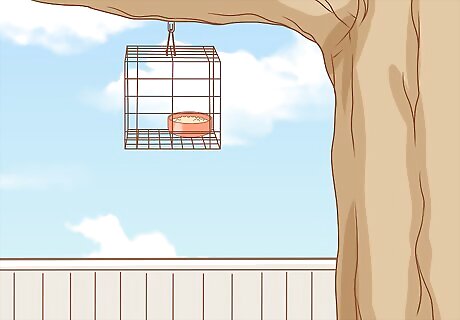
Hang the feeder on a wire between trees or poles to put it out of reach. String several empty thread spools or pieces of PVC pipe on either side of the feeder. Even if the squirrel climbs the wire down to the feeder, the spools or pipe will spin and likely cause it to fall off. Pick thin, slippery wire or thread. Fishing line works well for this purpose. Make sure there are no branches near the feeder that the squirrel can jump from. They can jump 8 to 10 feet (2.4 to 3.0 m) horizontally.
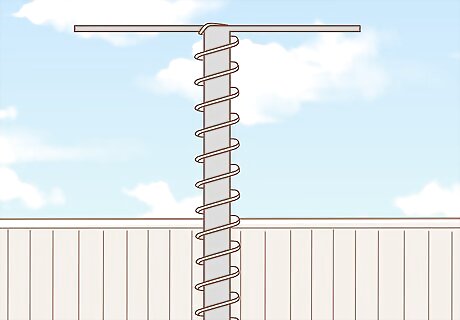
Place a slinky around a pole to keep a squirrel from climbing up. Attach the slinky to the pole at the top of the pole. When the squirrel tries to climb the pole, it will grab the slinky. The slinky will slide down, landing the squirrel back on the ground. Some squirrels learn to outsmart this trick, though.
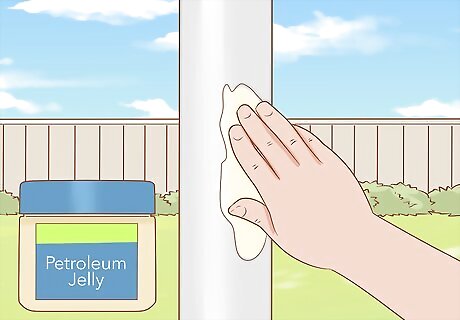
Rub the pole with shortening or petroleum jelly to make it unclimbable. Often, the squirrel won't even attempt to climb the pole because it feels sticky. However, if a squirrel does try to climb it, it will just slide back down the pole.
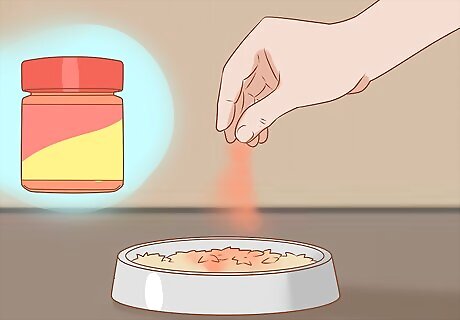
Spike your birdseed with cayenne pepper so the squirrels won't like it. Sprinkle cayenne pepper flakes or powder into the birdseed, making sure to get it all through the seed. Birds can't taste the heat of this spice, as they don't have the receptors. However, squirrels can, and they don't like it. They may get into your birdseed a few times, but they'll soon learn that it doesn't taste good. You can also use safflower seeds for the birds instead of regular bird feed, as squirrels don't like these seeds.
Keeping Squirrels out of the House
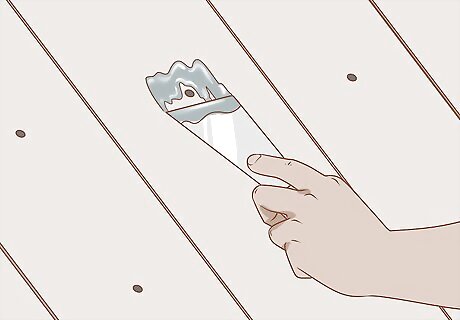
Fill in any holes in the attic to keep squirrels from getting inside. Keeping your home and roof in good repair will help keep squirrels from getting inside. Go into your attic to look for holes along the inside. It's best to do this in daylight so you can see the sun shining through. Nail mesh wire over any holes you find to keep squirrels from coming in. If you don't want to do this yourself, hire a contractor or repair person to do it.
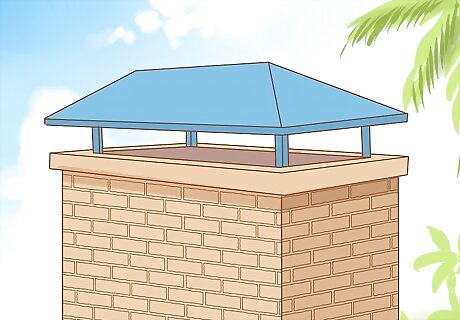
Purchase a chimney cap for your fireplace to block an entrance for squirrels. Some squirrels will simply crawl down the chimney to get into your house! If that's the case, a chimney cap is a solution. It closes off the chimney so the squirrels can't enter. However, part of the cap is made from a wire cage, so the smoke will still be able to get out.
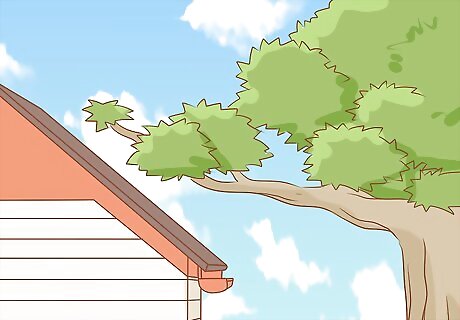
Cut branches off that hang near the house so squirrels can't jump to the roof. If a branch is touching your roof or is very close to your home, slice it off so there's at least 6 feet (1.8 m) between the branch and the house. Similarly, chop off any branches that hang over your roof that a squirrel can use as a bridge. If a squirrel can use a branch to get over to your home, they'll do it. Once on your roof, they'll often look for ways to get in, and soon enough, you'll have an infestation.

Use a live trap if squirrels do get in the attic. Place the trap in the attic with something tasty squirrels like, such as nuts or dried fruit. Once the trap is full, make sure to fill in any holes in the attic before releasing the squirrel outside. If you leave the squirrels in the attic when you close up the holes, you could end up with an awful smell.
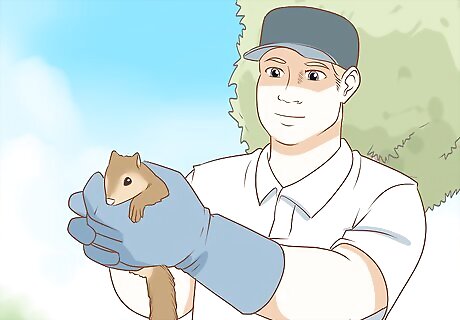
Call a wildlife expert to remove the squirrels. If you have an infestation, it's best to get help. They can trap the squirrels for you and help you find and fill in the holes in your house. That way, you can be sure they won't get back in.


















Comments
0 comment